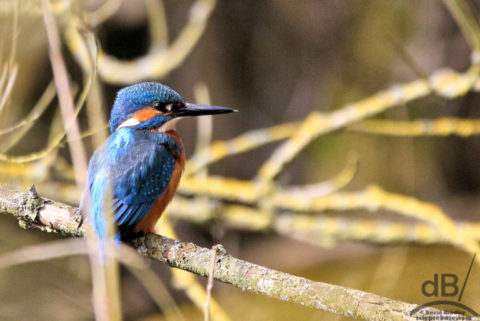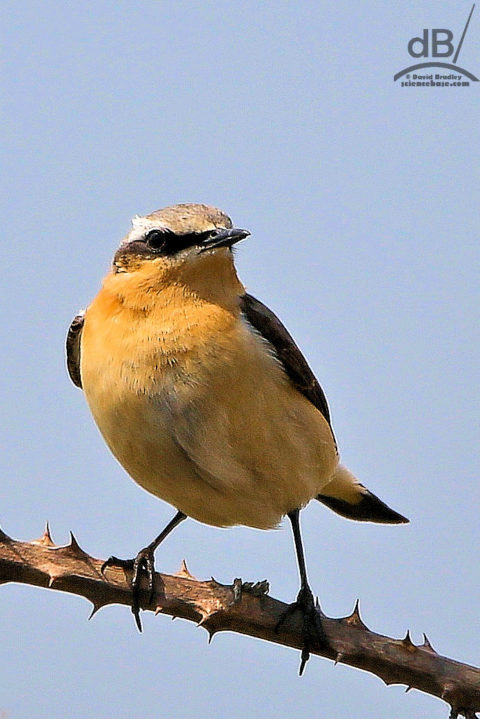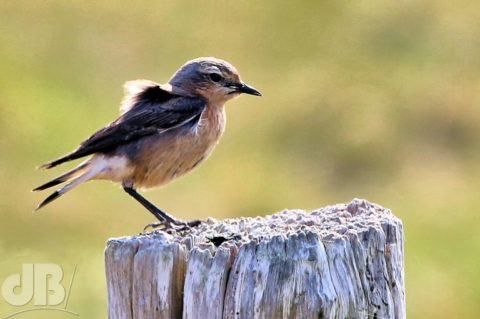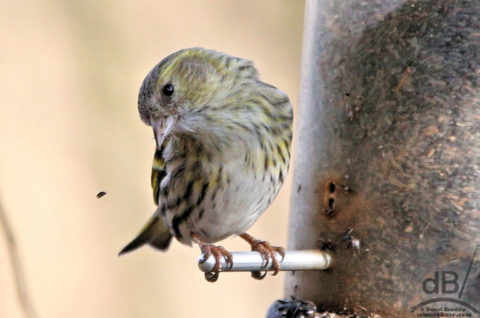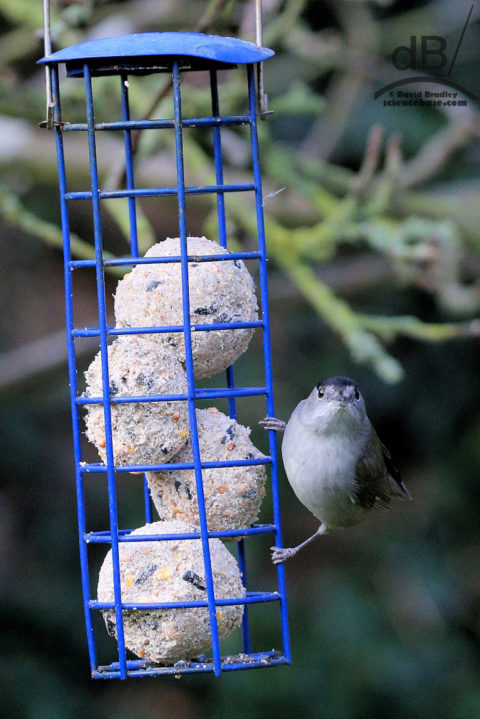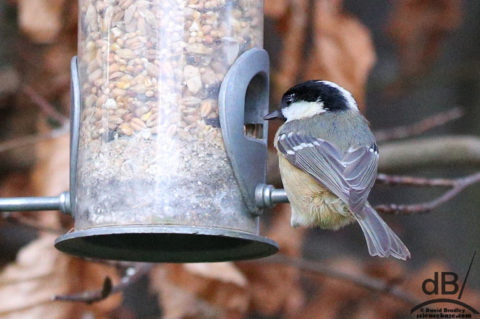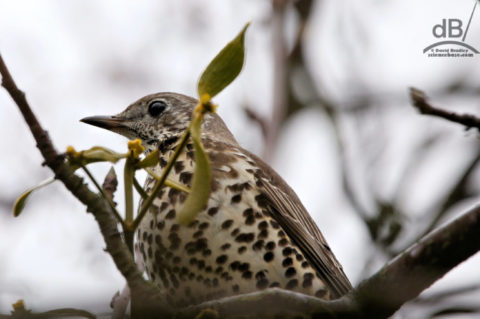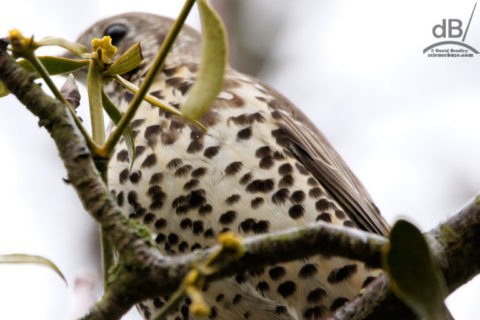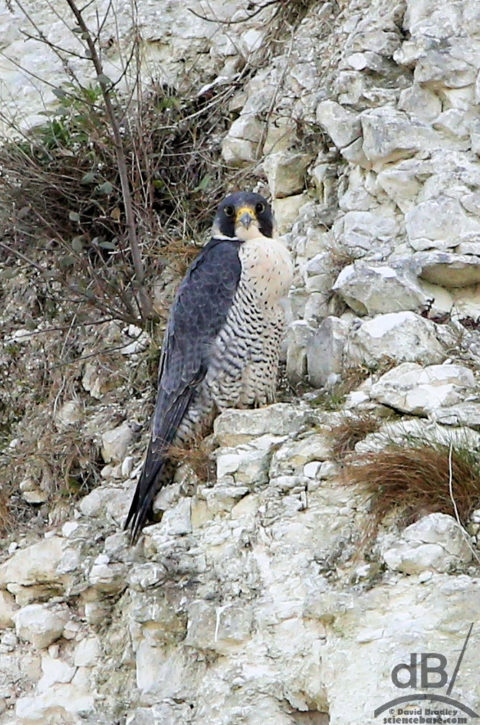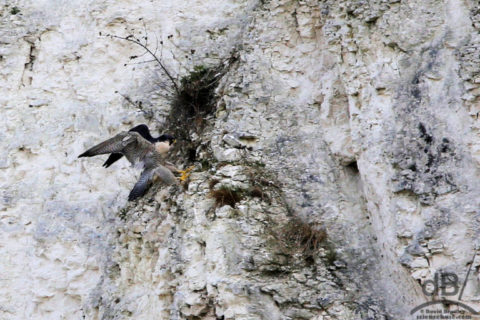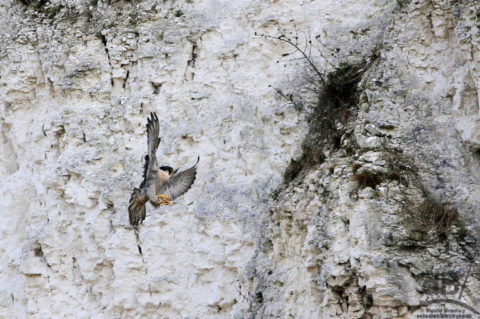We had our second Close to the Equinox mini indoor music festival at the Cottenham Community Centre last week, I’d spent pretty much most of my time since the last one organising this one, recruiting musicians, building the roster and then delegating all the jobs on the day so that I ended up more stressed with nothing to do but wait for my band’s allocated slot at the end, hahah. Anyway, here’s a couple of spliced video clips Mrs Sciencebase recorded sync’ed with pro quality sound recorded by Calvin and Jason.
We once again raised the roof to raise funds at the Cottenham Community Centre at our second mini indoor music festival. Lots of great local musical talent made for an enchanting and community-spirited evening, with Jane Hackshaw, Steve Poole and their team serving refreshments to keep everyone well watered.
First up were local teen choir VoxPop with the irrepressible Siobhan Lihoreau conducting and husband Tim accompanying on piano. We next had mesmerising folk from IVC students Holly and Katherine who go by the name of “Mythopoeic”, followed by the stunning voice of solo singer-guitarist Gemma Bearpark.
Next up, was CCC’s very own Simon Oliver with acrostic acoustic songs from his new CD, followed by sublime singing from Pat Coughlan. Pat was also joined on a couple of songs (including Kylie’s latest hit) by our fabulous and energised compere for the evening the inimitable Liz Morris.
Our next act was Cottenham favourite Lucy Maynard who took us on a grand musical tour from Coldplay and Snow Patrol back to Nina Simone with plenty of wondrous piano songs in between. The final act was my band C5 featuring Jo Brass on lead vocals, Andrea Thomson on backing vocals, Rich Blakesley on lead guitar, Roger Brass on bass, Adam Stewart on drums, and myself on lead vocals and acoustic guitar. There was no riot, but we had them dancing around the tables till (fairly) late.
A special thanks should go to Calvin Monk and Jason Cooper who surrounded us with sound. They more than ably controlled the eclectic mix of instruments and vocals from accordion and fiddle to acoustic and electric guitars, ukulele, piano, drums and bass.
The event attracted a great crowd and ultimately raised a fantastic surplus of almost 800 pounds, smashing the total from our first mini-festival last September and building the cash pot for major improvements at the CCC. So, thank you to everyone who helped including the CCC trustees, all the performers, and all who turned out to watch, and most importantly, listen.
Our third mini festival will hopefully once again be Close to the Equinox, in September, and we hope to see an even bigger crowd next time!
https://www.facebook.com/CottCommCentre/

